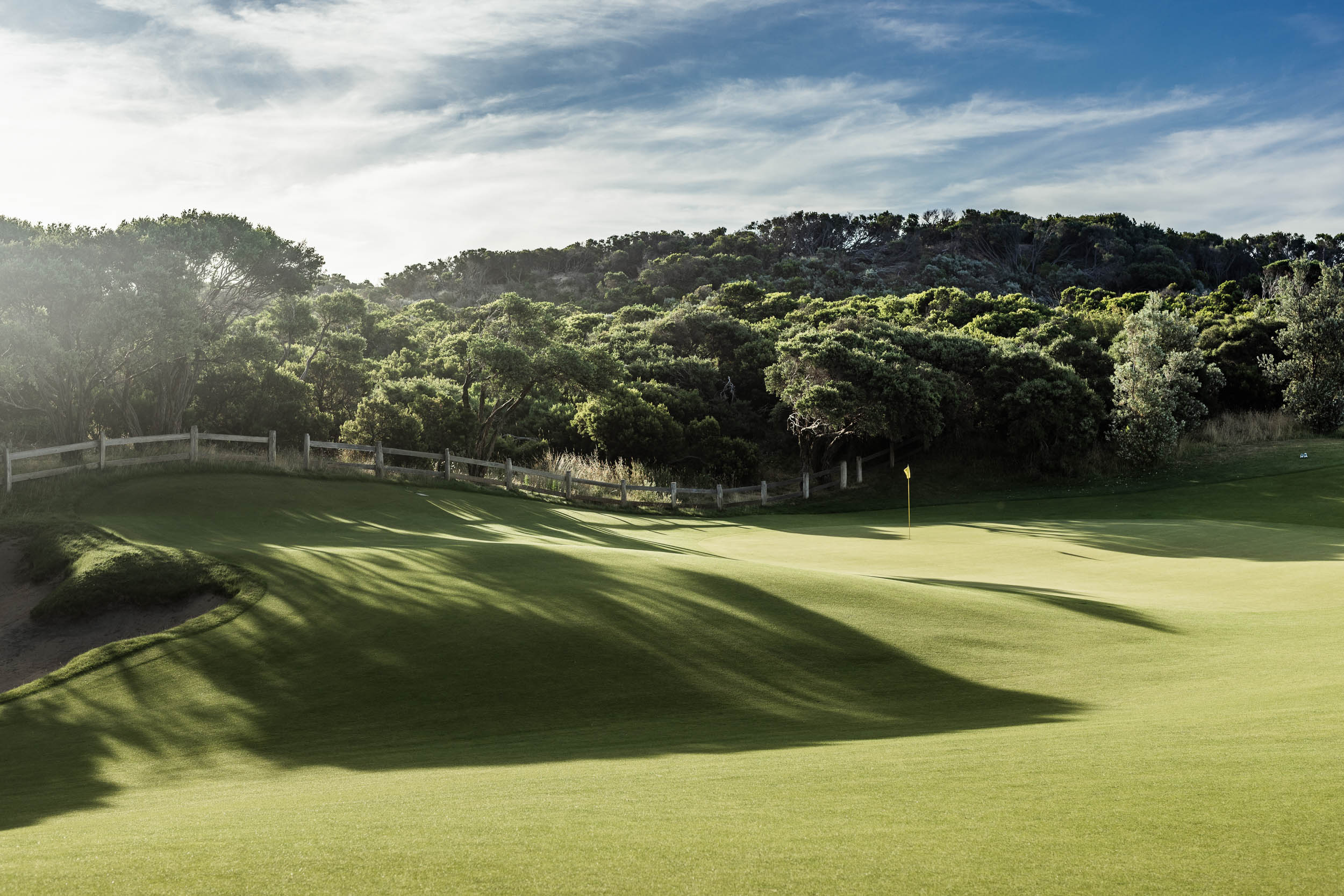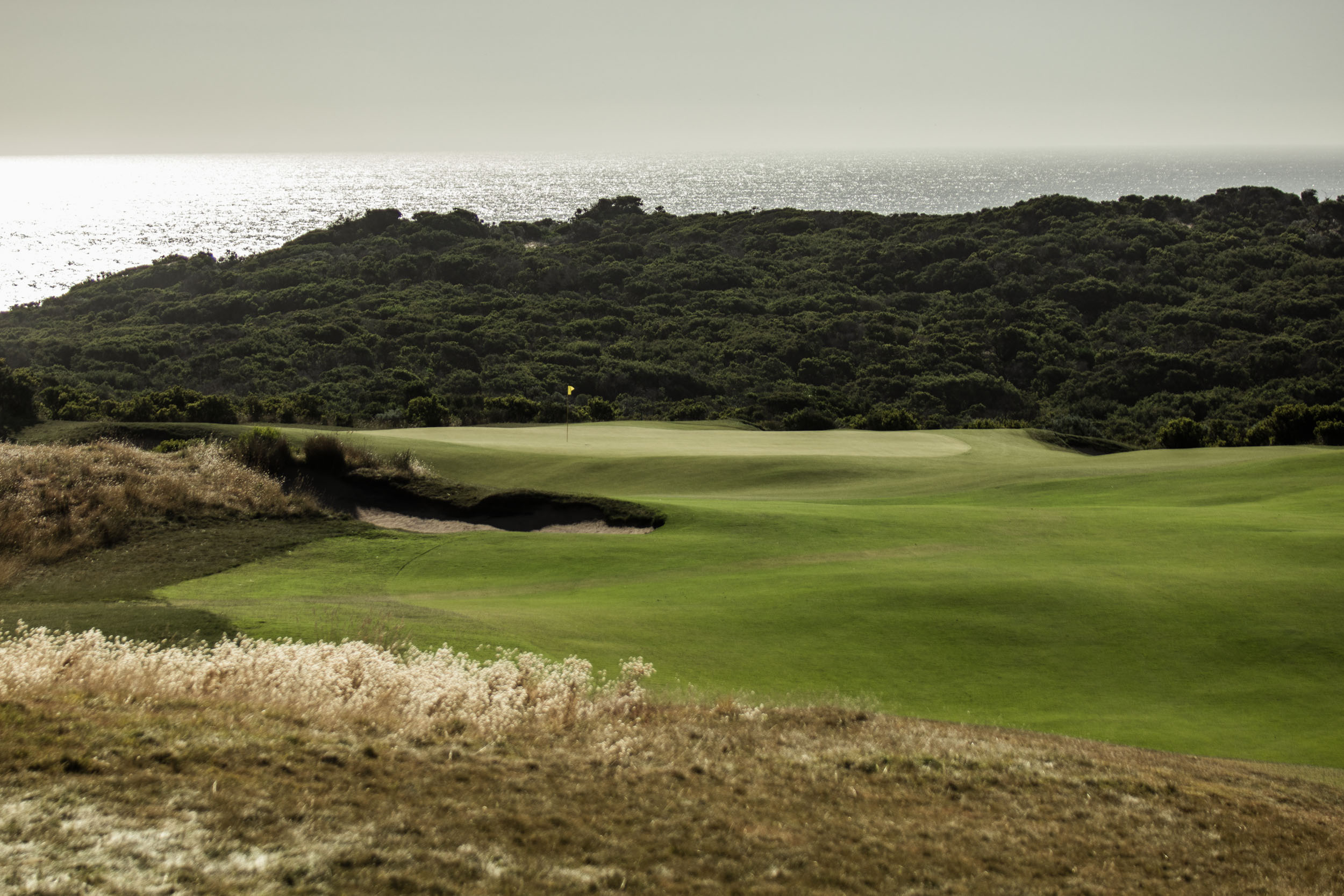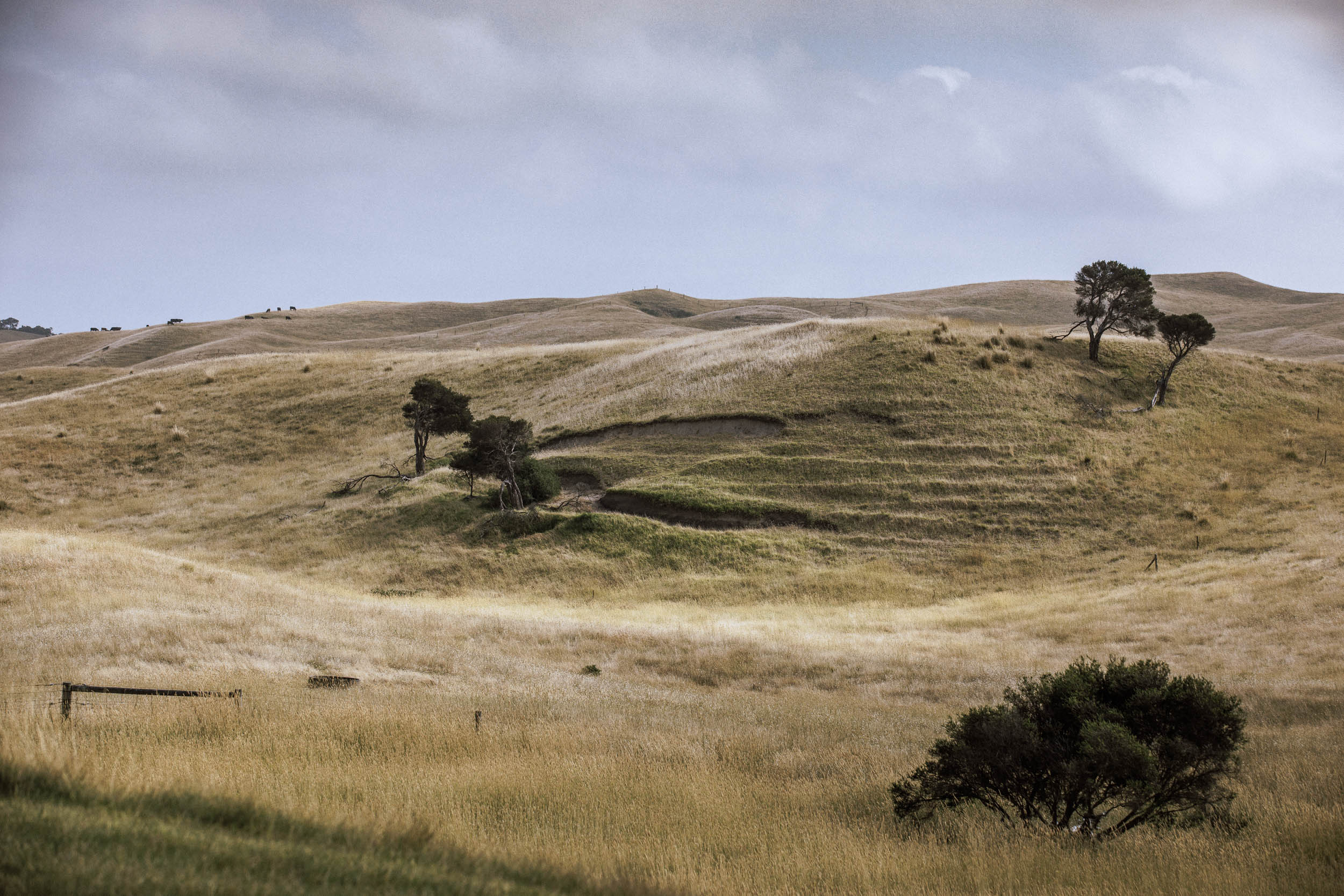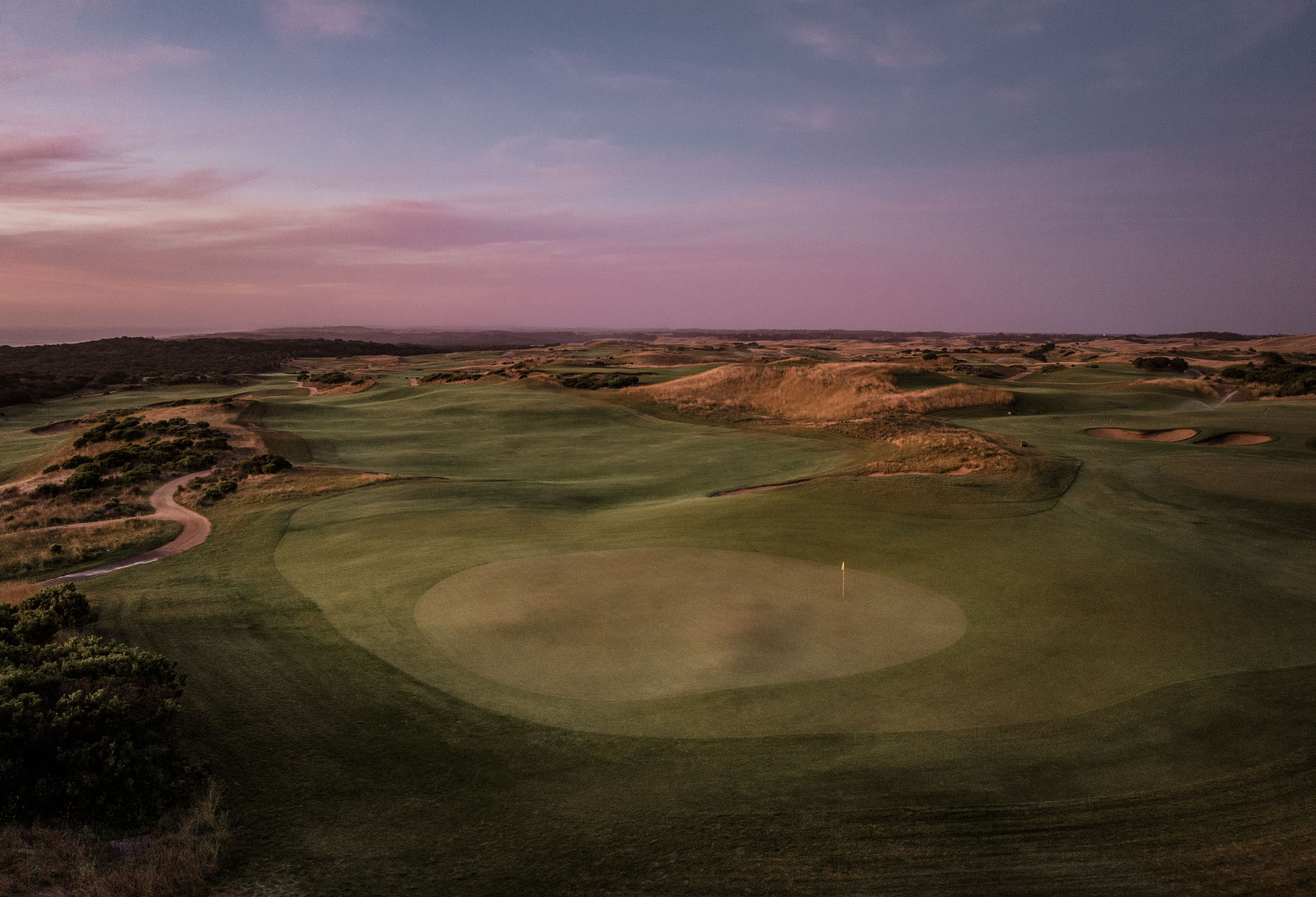The National Journal Presents
Tom Doak on Gunnamatta
Now two years since the first divots were taken on the Gunnamatta course, Tom Doak offers The National Journal some intriguing insights into his design process, what makes Australian golf unique, and a hint at what's next for an architect at the peak of his powers.
Words by Tom Doak. Photographed, filmed & edited by William Watt.




”#15 came about because there was an old fairway up there and we would walk in to the clubhouse that way after work, and we realized that was a completely different look at the green and made for an easier shot to the left-hand hole locations.
Tom DoakGolf Course Architect


The ‘hidden fairways’ of 12th and 15th holes offer a completely different angle into the green, which can be advantageous depending on the pin position.

Video piece – Tom Doak Interview


”The reason we maintain such a high standard is that (a) we only take projects we are excited about, and (b) I have a lot of talented people working on each construction job, who take personal pride in the result and want to show what they can do.
Tom DoakGolf Course Architect




